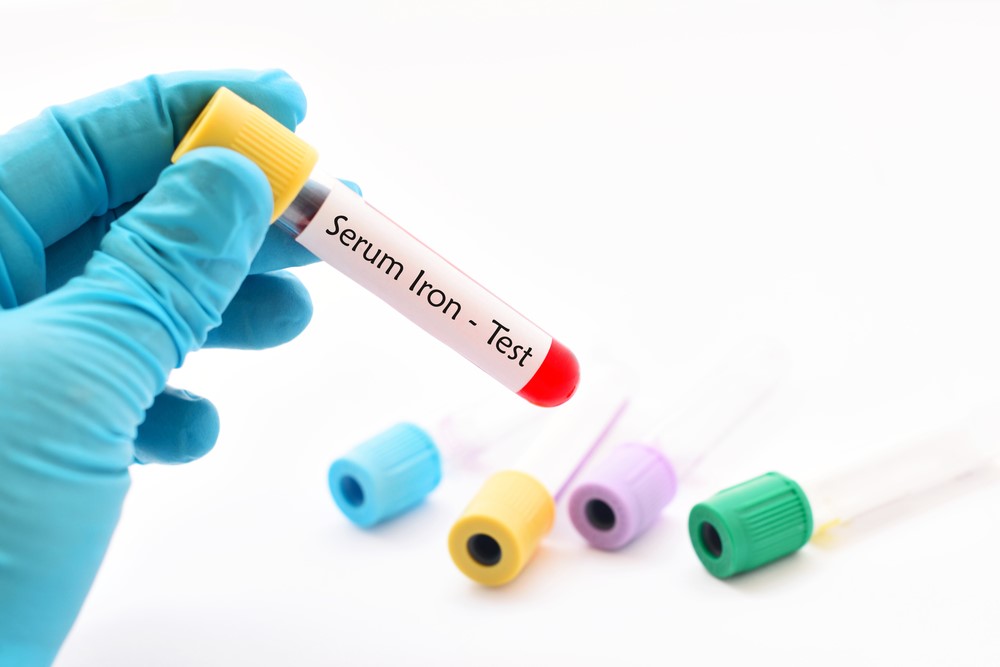
High ferritin: when to worry?
Let’s talk about ferritin: sometimes, after performing routine blood tests prescribed to assess our state of health, we may come across a value, that of iron, which is higher than the indicated standard
In the case of high ferritin or hyperferritinemia, the medical term for an overload of iron in the blood, however, there is no need to be alarmed but it is advisable to carry out further investigations to find out the cause.
What is ferritin and what is it used for?
Ferritin is the protein responsible for storing the right amount of iron in the body: assessing its dosage is an important parameter in knowing how much iron we have in reserve.
The total amount of ferritin in the body is approximately 6 grams, of which:
- 5 grams is tissue ferritin, and is present in particular in the liver, spleen, bone marrow and skeletal muscle;
- approximately 1 gram is detectable in plasma.
The concentration of serum ferritin is related to iron stores in the body and is a tumour marker.
High ferritin – the telltale symptoms to look out for
The symptoms generally associated with hyperferritinemia can be vague and non-specific, as it often occurs without any real symptoms.
However, in some cases, asthenia and weakness can be observed, often associated with both abdominal and joint pain.
How to interpret increased ferritin values in the blood
Before explaining what an increase in ferritin in the blood may represent, it is useful to state what values are considered normal:
- for women: up to 250 nanograms per millilitre;
- for men: up to 340 ng/mL.
Small increases in ferritin compared with the values considered normal may indicate acute or chronic inflammatory or dysmetabolic conditions.
On the other hand, more significant elevations, indicating an overload of iron in the blood, are generally due to:
- certain liver disorders
- hemochromatosis (a disease caused by certain defects in the iron-relating mechanisms that produce an accumulation of iron);
- acute and chronic infections;
- autoimmune diseases such as lupus erythematosus, rheumatoid arthritis;
- post transfusion;
- alcoholism;
- certain cancers.
Physiological variations affecting ferritin:
There are factors, however, that affect blood ferritin values such as:
- age: higher levels are found at birth and in the first few months of life up to 600 ng/mL);
- gender: ferritin is higher in men and lower in women at least until the menopause);
- pregnancy;
- regular and intense physical activity.
What happens if you have high ferritin
Excessive iron deposition in the body can represent a risk as it can be deposited in the organs (heart, liver, testicles) and joints, leading to more serious problems.
High ferritin levels are also associated with an increased risk of type 2 diabetes mellitus.
What to eat and treatment
Treating the exact cause of elevated blood iron levels is clinically difficult but, in general, there is a tendency to monitor and treat the resulting liver overload.
Certainly a low iron diet and total abstention from alcohol consumption, together with therapeutic phlebotomy (the ancient bloodletting) or a therapy based on ferro-chelating drugs, are always useful indications in these cases.
Read Also:
Emergency Live Even More…Live: Download The New Free App Of Your Newspaper For IOS And Android
Kids With Sleep Apnea Into Teen Years Could Develop High Blood Pressure
Blood Pressure: When Is It High And When Is It Normal?


